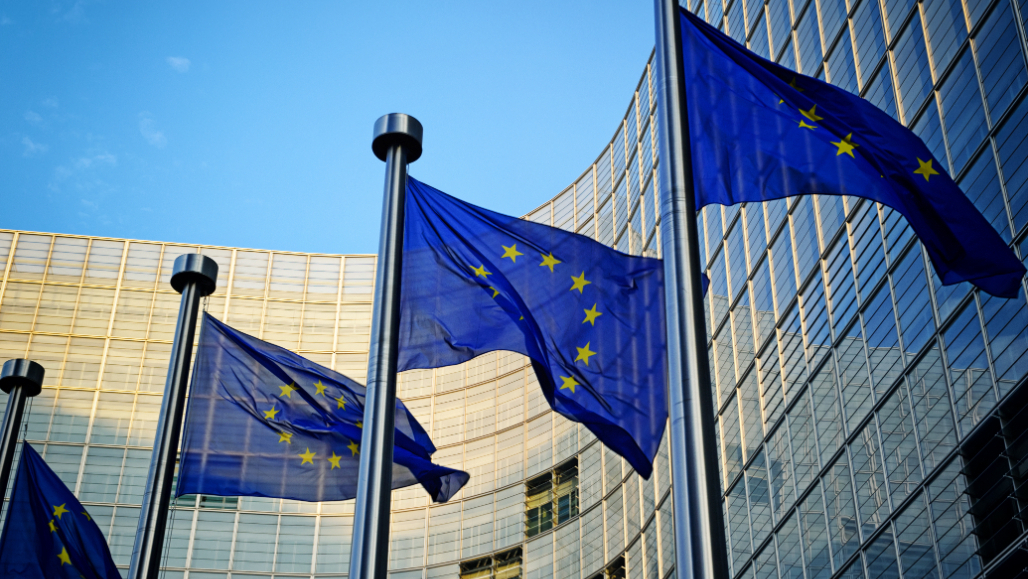
Incentivise investment with robust carbon trading regulation, IIGCC says
Talks are ongoing on how best to implement the EU’s tandem Emissions Trading System and Carbon Border Adjustment Mechanism.
The Institutional Investors Group on Climate Change (IIGCC) has written to the head of the European Union's Green Deal programme to outline its recommendations and expectations from ongoing negotiations to reform the EU’s carbon markets.
Recommendations include a phase-out of existing free allowances and a rebasing reduction of the current trading scheme cap.
The letter to Frans Timmermans, executive vice president of the European Commission, stated that investors broadly backed a “fair, transparent and effective regime for carbon pricing in Europe”, underpinned by the EU Emissions Trading System (ETS) and the European Commission’s Carbon Border Adjustment Mechanism (CBAM).
It comes amid negotiations between the European Parliament, European Council, and the European Commission on how best to implement the carbon pricing mechanism.
Stephanie Pfeifer, IIGCC CEO, wrote that the two systems were needed to “maintain high climate ambition and market integrity”.
An EU ETS with ambitious emission-reduction targets is likely to increase market transparency and investor confidence in the low-carbon transition.
Green innovation
Pfeifer added that it was time to “incentivise investment in industrial green innovation through robust carbon pricing”. Doing so would send “powerful market signals” to the broader industry and accelerate investment in decarbonisation in support of the wider Fit for 55 package – the EU’s proposals to update climate, energy and transportation legislation.
She also called for a ‘rebasing’ reduction of the ETS cap to start to bring the cap closer to a value consistent with actual emissions.
Doing so at the beginning of the next ETS phase would send a “solid and certain” initial market signal, Pfeifer said, while diversity of participation in the scheme would bolster liquidity and reduce volatility.
“An EU ETS with ambitious emission-reduction targets is likely to increase market transparency and investor confidence in the low-carbon transition,” the letter stated.
Pfeifer added that the IIGCC believes a 55% greenhouse gas emissions reduction by 2030 was best aligned with other EU policies and objectives.
The CBAM, one of the key elements of the Fit for 55 package, seeks to avert carbon leakage while encouraging partner countries to establish carbon pricing policies. In practice, it limits imports of carbon-intensive products, such as cement, fertilisers, aluminium, and steel, mirroring CO2 allowances in the EU ETS.
To best uphold investor confidence, Pfeifer suggested it was “critical” that the EU rapidly introduces the CBAM as a replacement for the existing EU ETS leakage rules.
“This includes free allocation, which must now be rapidly phased out entirely, as proposed by the European Parliament, in line with the polluter pays principle. Doing so will further incentivise investments into industry decarbonisation,” she said.
The introduction of the CBAM presents legislators and practitioners with technical difficulties surrounding compatibility with the World Trade Organization’s (WTO) General Agreement on Tariffs and Trade 1994 – a factor Pfeifer said must be mitigated to ensure “clarity and robustness in European industry’s trajectory towards net zero”.
As such, there should be “no carve-outs for specific sectors or companies”, according to the IIGCC CEO, ensuring the CBAM is applied in line with existing WTO rules.
The EU has been seeking a WTO-compatible mechanism since the Fit for 55 package was introduced in July 2021. In March this year, the overall design for the mechanism was decided upon.
According to research by DWS, around 100 countries have carbon pricing schemes as a central pillar of their net-zero strategy, necessitating comprehensive supranational legislation to facilitate global trade.
Based on current forecasting, the price of carbon per tonne in the EU will be €97 next year – a 45% rise on the current spot price, DWS reported.




